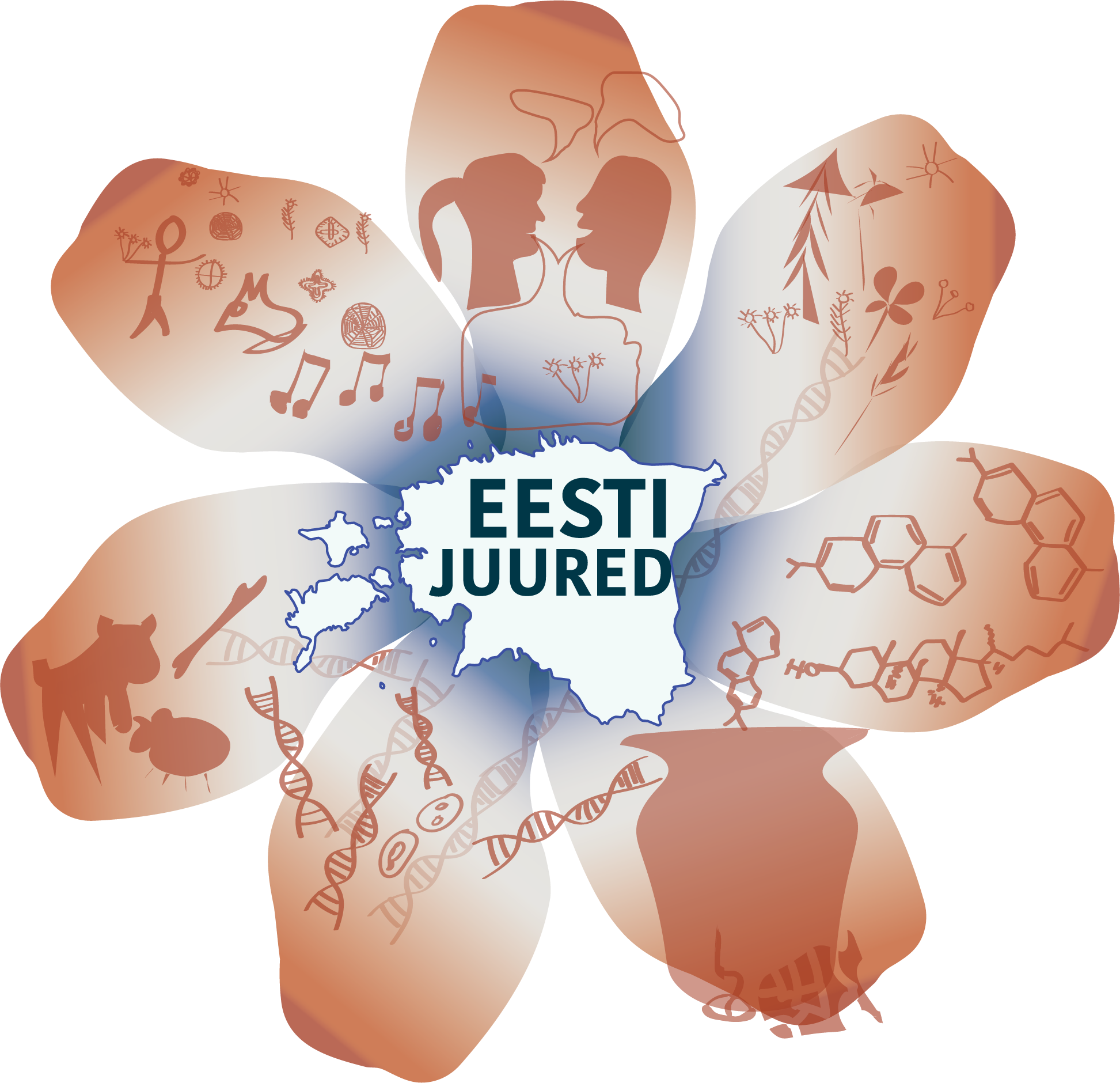First dialectal differences emerged in the early protoform of Finnic already before 500 BC; these differences grew larger 500 BC–200 AD, this period is called the Middle Proto-Finnic period. The first to diverge from the Finnic linguistic unity during this time was the tribal language of South Estonian. The next language to diverge was Livonian, followed by the North Estonian, Votic, (West) Finnish, Karelian and Veps tribal languages.
Proto-Finnic was spoken primarily in the territories of Estonia and North Latvia from the River Daugava to the Gulf of Finland. Coastal Finnic was spoken on the northern coasts of the Baltic region, where it diverged further into Gulf of Finland Finnic and Gulf of Riga Finnic. Inland Finnic was spoken in the southeast and east of Coastal Finnic, in the region that largely corresponds to the later South Estonian linguistic area.
Loanwords were adopted from ancient Baltic languages already into Early Proto-Finnic, their influx ended during the Middle Proto-Finnic period. During the influx of Baltic loanwords, Proto-Finnic was still relatively uniform. This is shown by the fact that Baltic loanwords are present mostly in all the Finnic languages.
In the West and North Estonian regions during the Middle Proto-Finnic period, contacts with the Pre-Germanic peoples became more solid, the language of whom, Paleo-Germanic, influenced the development of many features of Coastal Finnic. For example, fishing and agricultural vocabulary was borrowed from Paleo-Germanic (mõrd 'fyke', noot 'seine', põld 'field'); also the phonology of Coastal Finnic diverged (e.g. affricates disappeared: *pučki > putk 'cow parsley').
South Estonians and partly Livonians were left out of this development. (Fig. 1)



